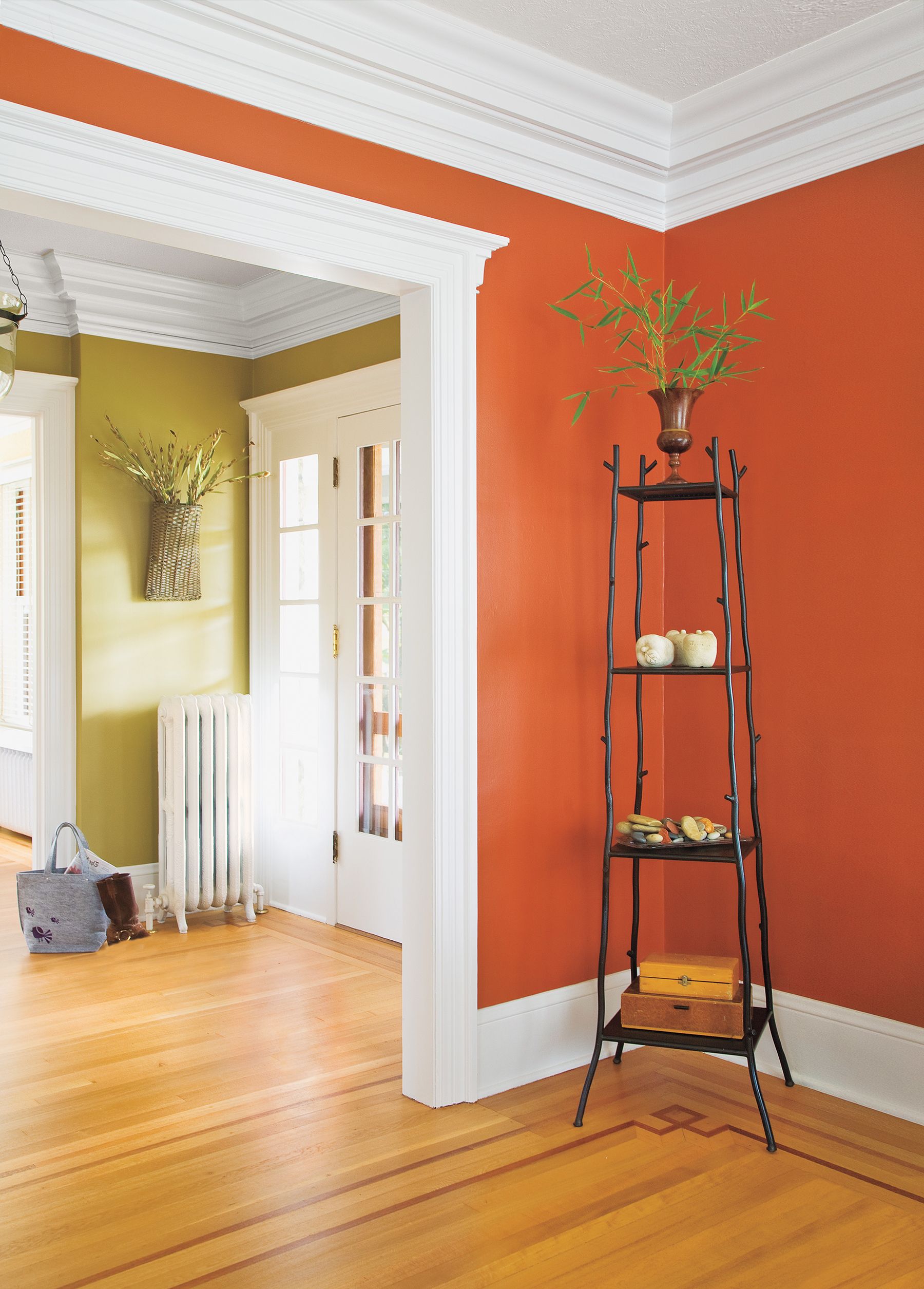Crown molding adds elegance and sophistication to any room, so long as it’s installed with the right backing strips. You install these strips behind the molding to provide a solid foundation and keep the trim tight and gap-free. Here’s everything you need to know about using them.
Why Use Backing Strips for Crown Molding?
Backing strips give you a solid surface to nail or glue molding to your wall, and they’re especially handy for areas missing studs and joists. The extra support helps prevent the molding from sagging or separating from your wall over time.
Using backing strips can also make the crown molding installation process more precise. Some homes have uneven walls and ceilings, but the strips help the molding rest straight and even. They also create precise angles at corners for a more professional look.
Types of Backing Strips
There are three main types of backing strips used for crown molding:
- Wood: Wood is the most common backing strip material. It’s affordable, easy to work with, and provides excellent support. Manufacturers often use pine or other soft woods, since they’re lightweight and easy to cut and shape.
- Metal: Metal backing strips are typically made from aluminum or steel. They offer superior strength and durability, making them useful for spaces with high humidity or temperature fluctuations. However, they’re a bit more challenging to cut and install than wood.
- Plastic: Plastic backing strips are lightweight, moisture-resistant, and easy to cut, making them a good choice for bathrooms and other high-humidity areas. However, they may not provide as much structural support as wood or metal.
How To Install Backing Strips for Crown Molding
Start the installation process by measuring the length of the walls where you’ll install the crown molding. Make sure the backing strips are wide enough to adequately support your chosen molding profile. If everything checks, cut the strips to fit.
Next, use a stud finder to locate the studs in your walls and ceiling joists. Use screws and nails to secure the backing strips to the studs. If you’re having a hard time finding studs, or if you need more support, use drywall anchors.
Once the backing strips are in place, make sure they’re level and flush with the wall and ceiling. Make any necessary adjustments before you install your crown molding.
Common Challenges and Solutions With Backing Strips
Even with backing strips, you may encounter some challenges during crown molding installation. Here are some common issues and how to address them:
- Uneven walls: If your walls are uneven, use shims behind the backing strips to create a level surface. Remember, you want a flush surface for the crown molding to sit against.
- Gaps: You can use caulk to fill small gaps between the crown molding and ceiling. For larger gaps, consider installing a piece of quarter-round molding to create a seamless transition.
- Corner joints: Corners can be tricky, especially in older homes where walls may not meet at perfect 90-degree angles. Use a coping saw to create precise inside corners, or consider using corner blocks for a decorative solution that lessens the need for complex miter cuts.

